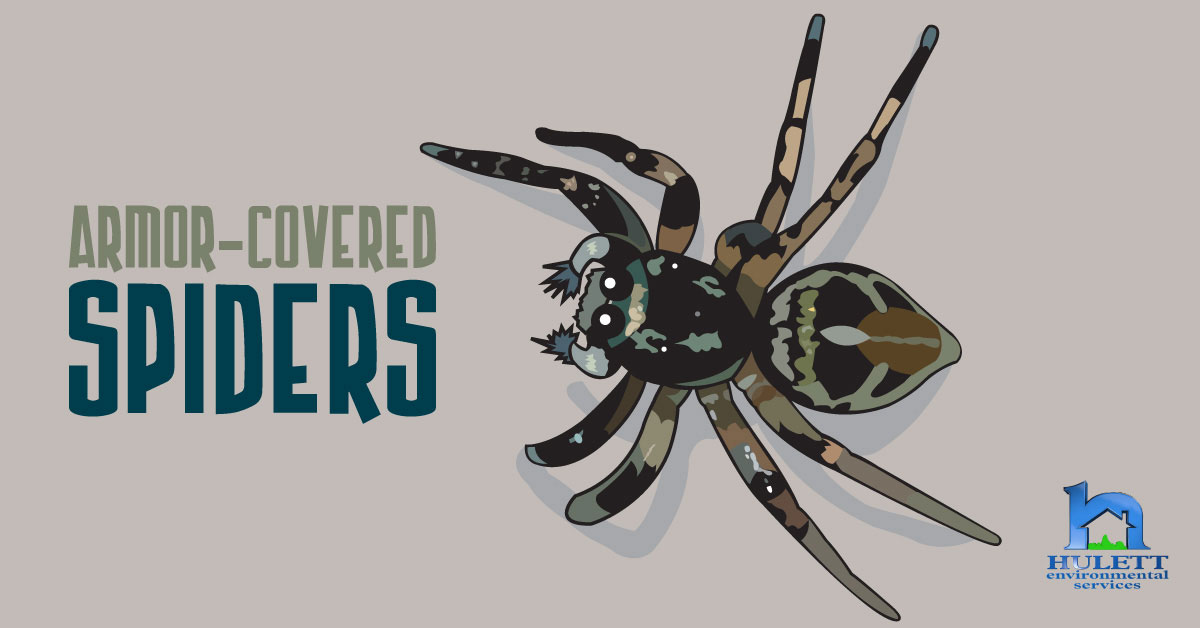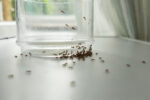
Armor-Covered Spiders
Spiders are scary enough even when they don’t have any special adaptations. One species of spider called tetrablemmids has special body armor that is extremely strong and durable. These spiders have multiple layers of thick, hardened exoskeleton covering its body, including its abdomen. They may even be unsquishable! While other spiders may have some armor, it is very rare for any to have armor on their abdomen. Scientists initially thought this tough armor was simply for protection, but new research suggests it has other uses too. Their armor is also much thicker and fused together at the seams, preventing any sharp point from making its way in and injuring them. The amount of thick exoskeleton on their body would be similar to wearing a layer of chainmail under a full suit of armor. Arachnologist at the Natural History Museum of Bern, Switzerland Christian Kropf compares them to miniature tanks. So, why all the added protection? Tetrablemmids can be found in the forests of South East Asia, where another formidable foe lurks. Predatory wasps that feed specifically on spiders share the same living space, and they are voracious buggers. Their usual hunting technique involved swooping down to deliver a sting to the poor victim spider, which paralyzes them, allowing the wasp to then carry off the immobilized spider back to its lair. The wasp then lays an egg on the spider, and when they egg hatches it already has a hearty meal waiting for them in the form of the paralyzed spider. The way the tetrablemmids are able to escape death by paralyzing wasp venom is that the wasps target the soft spots spiders generally have in between their plates of exoskeleton. However, since the tetrablemmids’ armor is fused together, there are no vulnerable soft spots for the wasp to attack. But the armor is just for protection. It actually helps them conserve energy and move easier than other spiders. The plate on their abdomen is also thought to act like a bellows. The spiders can expand and squeeze it at will in order to pump fluid around their bodies. Scientists even think the armor may serve a function during sex. There are apparently quite a few advantages to having this thick exoskeleton. In fact, the tetrablemmids body has actually changed and adapted to work better with this armor, so they can benefit from its protection and the advantages it brings. What other advantages might come with having such thick, strong body armor?



